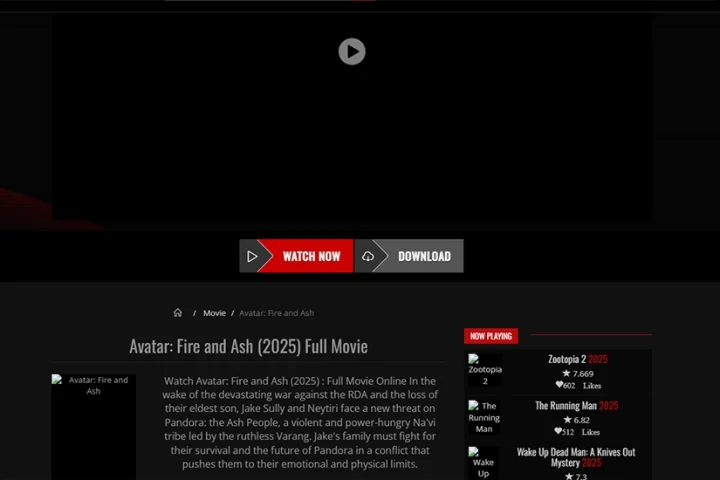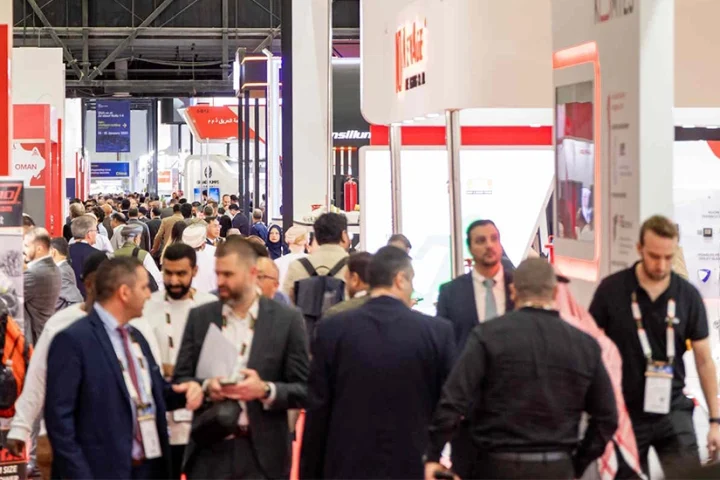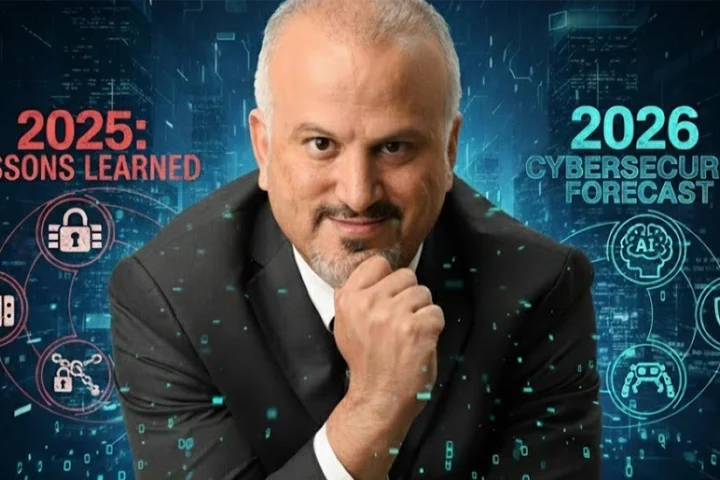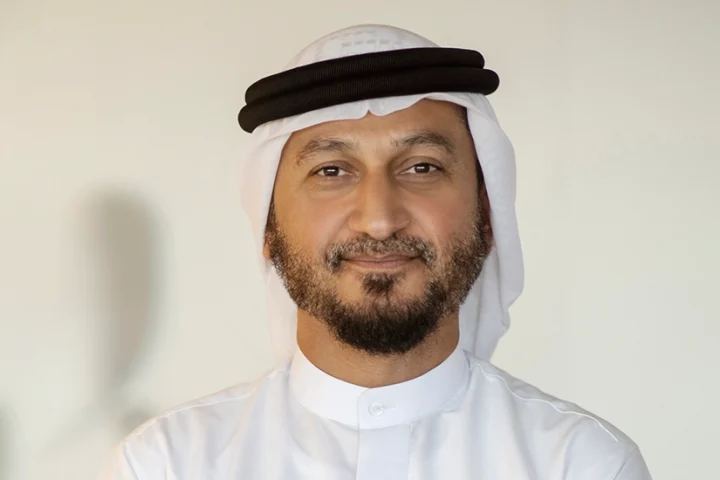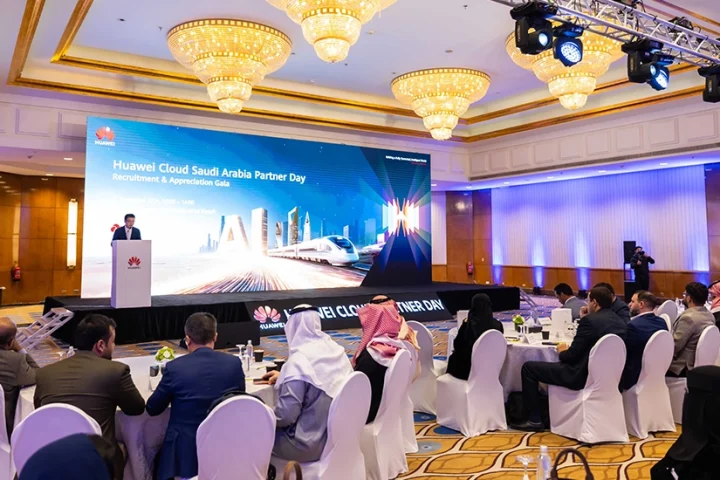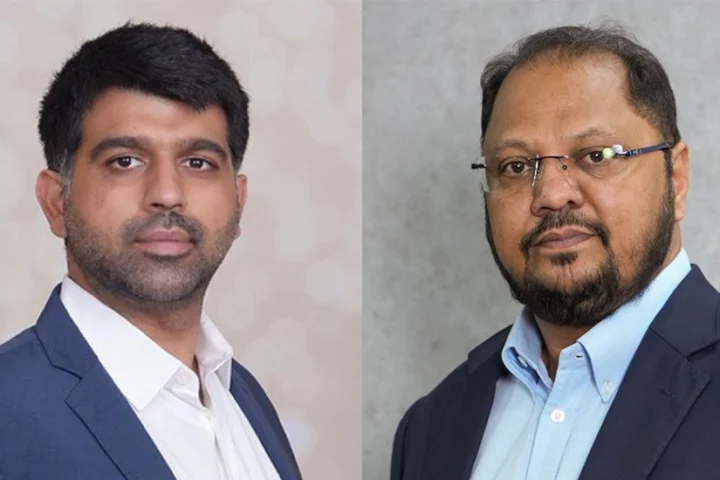The last year was tough for us all. With vaccine rollouts in the UAE, the government is focused on getting the economy back on track, but it is clear that the way business is done has changed for good. The Covid-19 crisis has forced many industries to adapt quickly, changing attitude to technology and requiring businesses across sectors to scale new initiatives in a matter of days or weeks.
Most notable among these shifts has been the acceleration of cloud adoption to support a newly remote workforce. Of course, this was a trend that was in motion before, but many sectors that had little prior exposure to cloud infrastructure have been forced to adopt this model quickly. Organisations that made these decisions for short-term business continuity will no doubt be looking for ways to ensure these purchases can become secure, long-term investments. The reality is this is a pivotal moment for many businesses: they must consider what kind of construct they should return to in future rather than how quickly they can go back to the previous status quo.
Key among the considerations for cloud success is security. Our research showed a 630% spike in external attacks on cloud accounts from January to April last year. We have also seen a boom in so-called shadow IT, where employees adopt and use systems and applications without the explicit approval of the IT team. For long-term cloud success, organisations need to decide which applications are best for their own needs, based on not only cost but also risk.
The new approach to office space and work patterns also demands a more flexible IT infrastructure. Shared office space will mean that you are unlikely to have high-cost server infrastructure on site, and this may further accelerate the shift from on-premise to the cloud, where businesses can easily scale their usage up or down in a cost effective manner, depending on demand.
Overall, setting up for long-term business continuity and resilience comes down to three key considerations: people, process and technology.
Everything that we do is people-led, because technology needs to follow the way corporate culture changes. We’re seeing that most employees would like to retain some degree of flexibility when we return to offices.
When it comes to the technology, it is imperative to have a flexible IT architecture in place. Having a security structure that sits on top of this and flexes as the infrastructure changes is also crucial to ensuring success. With this long-term view in mind, businesses must map and integrate their more recent lockdown-driven emergency technology purchases within their overarching IT architecture to make the most of their investment and drive future business success.
By Adam Philpott, EMEA President at McAfee.












